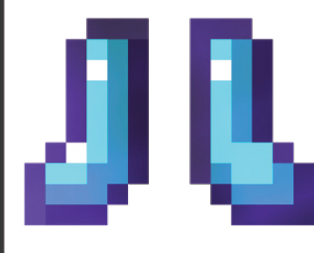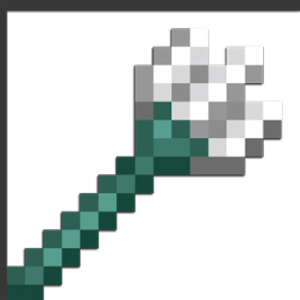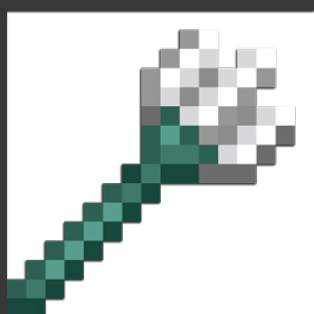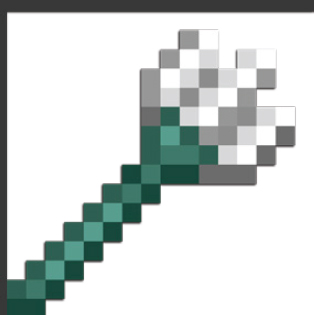
ELDER GUARDIANS

Elder guardians are a hostile and rare aquatic mob found only at ocean monuments. They are stronger and larger than their more common counterpart, the guardians, and are a type of boss mob. Only three spawn with each monument, and they will not respawn. You’ll usually find them in the wing sections of the monument and in the top room.
Like guardians, elder guardians will attack squid and players, but they don’t swim around as much.
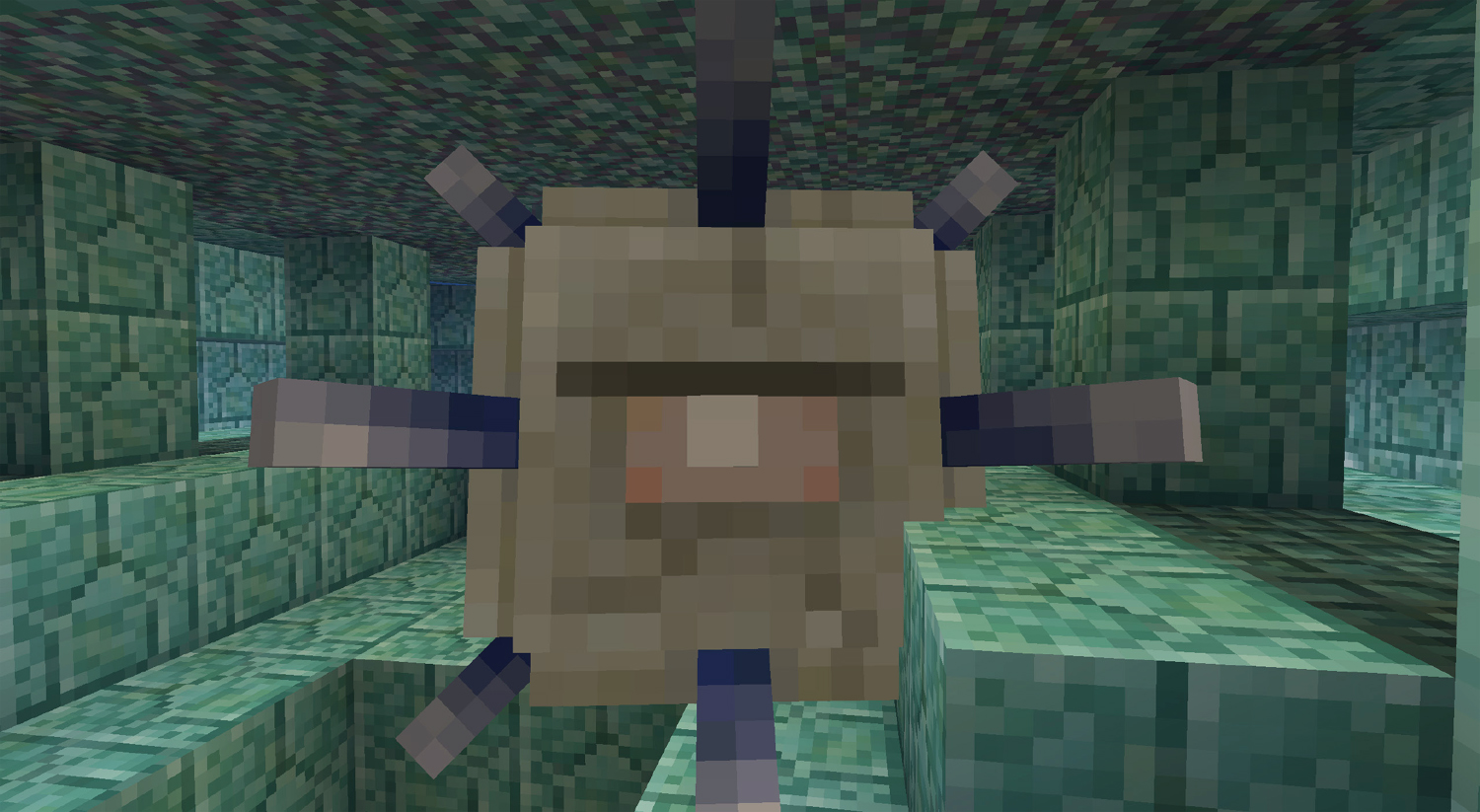
You’ll find one of the three elder guardians in the top room of the ocean monument.
An elder guardian has three ways to attack you: a ranged laser attack, a spike defensive attack, or a mining fatigue attack. First, if it senses a player that is within a fifty-block range, it will give the status effect Mining Fatigue III for five minutes. This makes it impossible to pickaxe your way through an ocean monument wall, or to break the blocks hiding the gold stash. The attack itself is quite unnerving, as a spectral image of the elder guardian will loom suddenly into your screen with an unearthly screech. When you are close enough (about fourteen blocks) to the elder guardian, and in sight range, it will fire up its lasers. This lasts a few seconds, but when its lasers are fully charged they will deal you a full eight HP of damage (Normal difficulty). Finally, if you attack the elder guardian while its spikes are extended, you’ll get another hit of two HP damage.
ELDER GUARDIAN STATS
Type: Hostile
Spawns: Ocean monuments, does not respawn
Health: 80 HP
XP: 10
Damage Hard mode: 12HP
Damage Normal mode: 8HP
Damage Easy mode: 5HP
Damage from spikes: 2 HP
Drops: Raw cod, prismarine crystals, prismarine shards, sponges
Rare drops: Fish other than cod
See also: Guardian, Ocean Monu-ment.
EMPEROR RED SNAPPER
The emperor red snapper is one of Minecraft’s tropical fish named for a real tropical fish. In Minecraft’s color and pattern scheme, it is a white-red clayfish. The emperor red snapper in real life is a type of snapper and is a fairly large tropical fish (it can grow up to 4 feet long). It lives in reefs, and when it is young, often lives among the spines of sea urchins for protection.

See also: Red Snapper, Tropical Fish.
ENCHANTMENTS, AQUATIC
There are several enchantments that will particularly help you when you are building or exploring underwater.
Helmet: Aqua Affinity, Level 1 only. Allows you to mine at normal speeds. (Without this, you’ll be mining at half speed.) |
|
Helmet: Respiration, Levels 1–3. Adds fifteen seconds of underwater breathing for each level. |
|
Boots: Depth Strider, Levels 1–3. Allows you to move faster horizontally underwater. |
|
Trident: Impaling, Levels 1–5. Inflict extra damage (2.5 HP) to aquatic mobs, except for the undead drowned. |
|
Trident: Loyalty, Levels 1–3. Makes your trident return to you after you throw it. Higher levels make the trident return more quickly. |
|
Trident: Riptide, Levels 1–3. Allows you to travel with your trident, as long as you are throwing it while standing in water or in rain. |
|
Enchanting
To enchant an item with a specific enchantment, you’ll need to combine the right enchanted book with the item in an anvil. You can also get random enchantments for the cost of some lapis and XP points using the enchantment table.
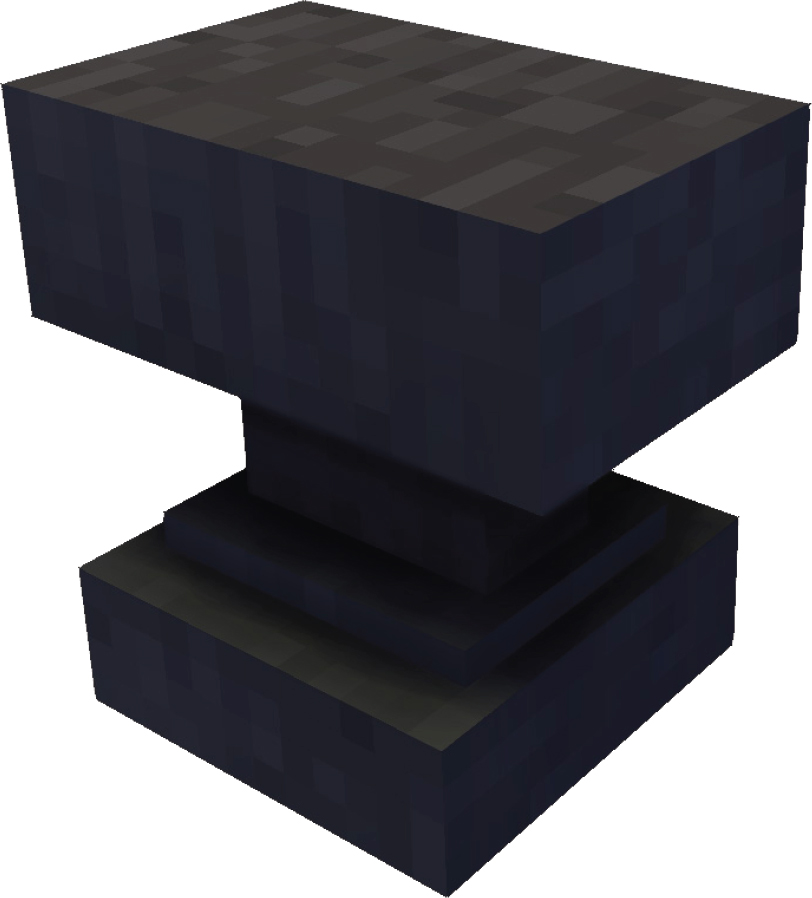
See also: Potions, Aquatic.
EXPLORER MAP

An explorer map is a map that shows you where special structures are. There are three kinds currently: woodland map, which shows the location of a woodland mansion; ocean explorer map, which shows the location of an ocean monument; and buried treasure map, which shows where a loot chest is buried. You must trade with a villager for the first two types of map, and you will need to explore shipwrecks and underwater ruins to find the third.
An explorer map itself shows a 512x512 block area of land, with outlines of land masses surrounded by sea (the orange and brown stripes). The maps show an icon identifying the goal structure and a white marker will show where you are. If you are beyond the area the map covers, the white marker will be placed along one of the map borders. If you are more than 1027 blocks away from the map edge, your marker will be small, and will change to a larger size when you are within 1027 blocks.
To use the map, face north and open the map. The top of the map is north, the direction you are facing. If the white marker showing your position shows you at the left border, you’ll need to move right, or east, to reach the treasured area (and vice versa). Similarly, if the white marker is at the top border, you’ll move south; if it’s at the bottom of the map, you’ll move north.
The white marker moves on the map as you move. Once you are on the map’s area, the marker has a triangular tip that shows you the direction you are facing. And when you reach the area covered by the map, the map will start filling in with colors.
READING AN EXPLORER MAP

The white player icon at the top left is tiny, showing that you are not near the monument.
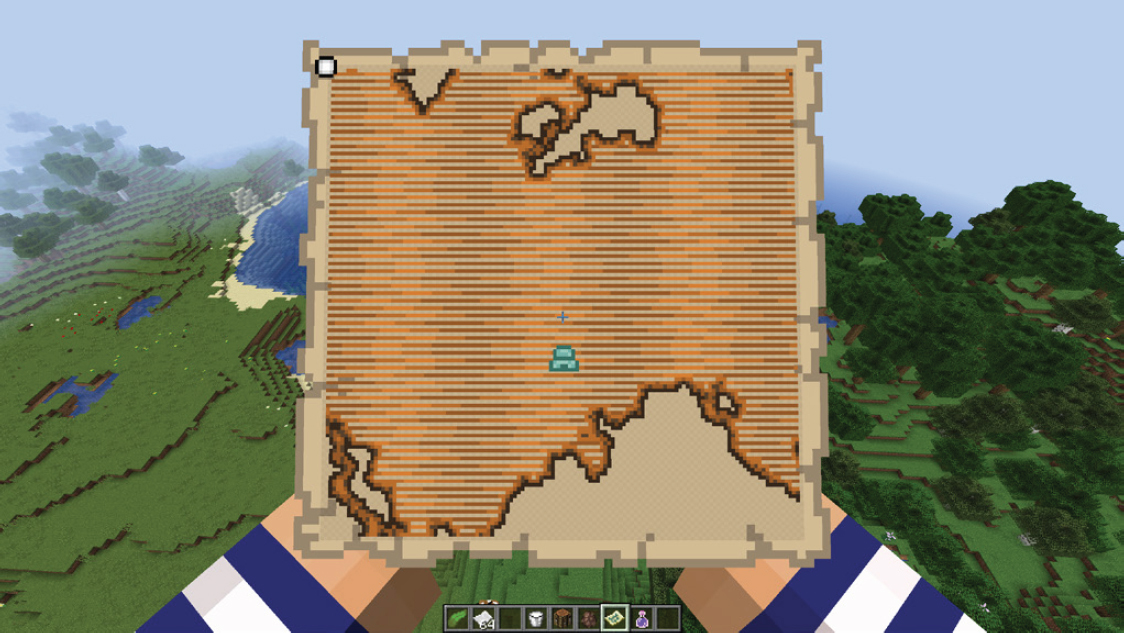
The white player icon is large, showing you are within 1027 blocks from the map’s edge.

When you reach the map’s edge, the map will start filling in.

When you enter the map’s area, the player icon adds a pointed tip to show the direction you are facing. The map starts filling in with color.

The map continues filling out as you reach your goal.

You need to travel around the map to fully flesh it out.

The icons for the three explorer maps use different colors for the writing. From left to right, the ocean map is turquoise, the woodland map is brownish gray, and the buried treasure map is a slightly darker gray.
FISH
Before the 1.13 Update Aquatic, fish were only items. They popped up when you fished, as raw food items, but didn’t swim around in the ocean. The 1.13 Update reprogrammed fish as mobs (short for mobile). There are four types of fish mobs—cod, salmon, pufferfish, and tropical fish—and each has slightly different behaviors. However, none will last long out of water; they’ll flop around until they suffocate. All can be picked up live with a bucket of water.
FISH STATS
Health: 3 HP
Drops: 1 of the specific fish item, bone meal (rare)
XP: 0
See also: Bucket of Fish, Cod, Pufferfish, Salmon, Tropical Fish.

The four types of fish.
FROZEN OCEAN

The Frozen Ocean Biome has dark, almost purplish surface waters showing between stretches of ice and icebergs. The sea is too cold for kelp or seagrass, although you’ll find salmon and squid and drowned. Above water, you may see polar bears, and strays, rather than skeletons, will spawn in these cold temperatures. The Deep Frozen Ocean Biome is very similar to the Frozen Ocean Biome, with two main differences: the ocean surface isn’t covered in ice, and the water is deep enough for ocean monuments to generate.
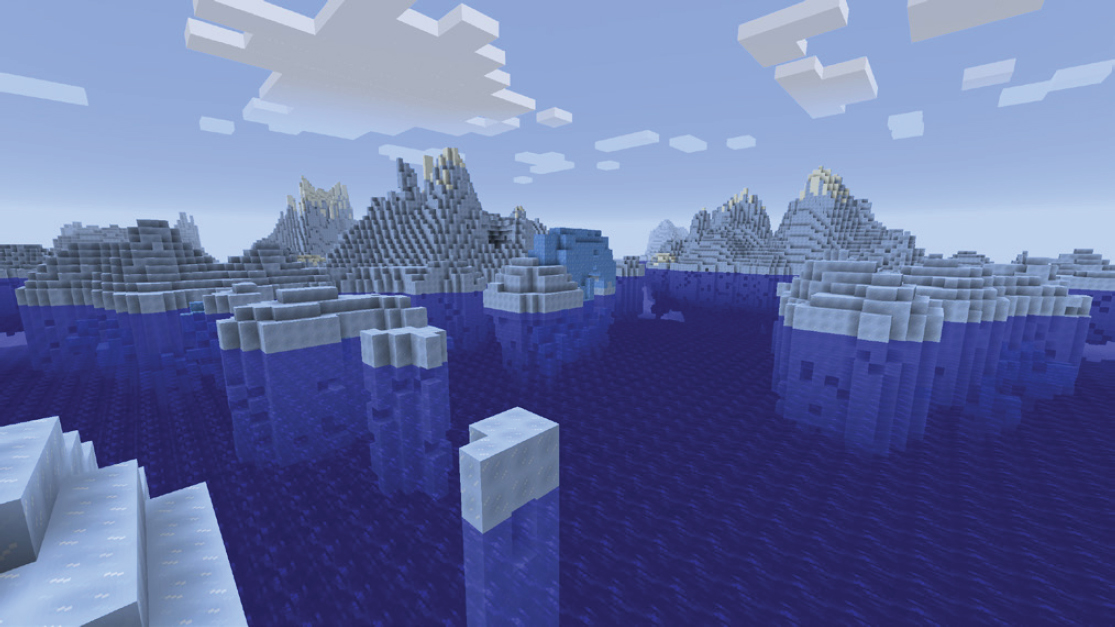
A Deep Frozen Ocean Biome isn’t covered in ice.
FROZEN RIVER

The Frozen River Biome is a variant of the River Biome that is only found in a Snowy Tundra Biome. Like a typical River Biome, the riverbed is made of gravel, clay, and sand, but the top level of water, at y=63, is made from ice blocks. A Frozen River can also be generated with a River Biome within or alongside it, so that ice forms at the banks but has water blocks at its center. Seagrass, squid, and salmon are native to this biome.

This Frozen River Biome is intersected by a regular River Biome, which has no ice covering.


